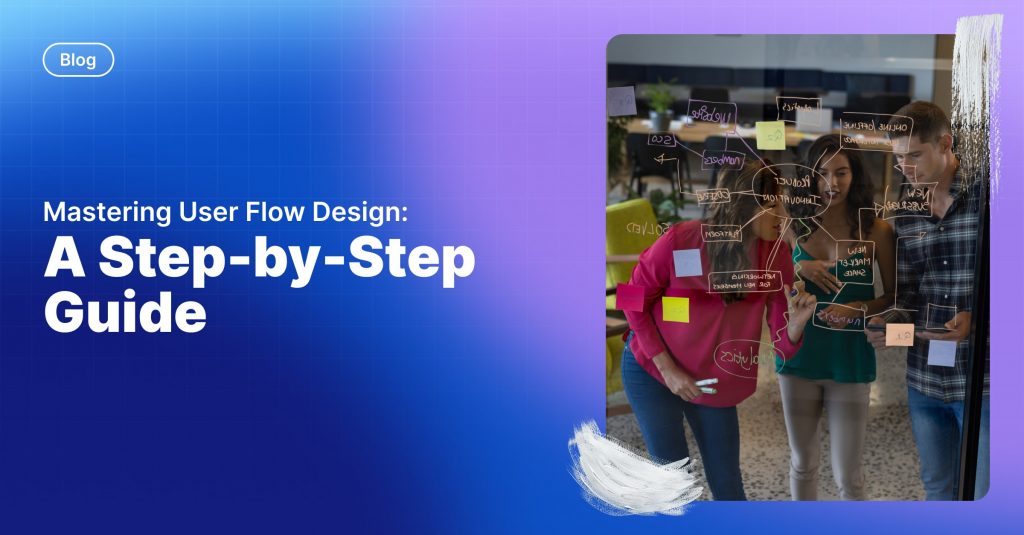
Creating an exceptional user flow involves more than just placing shapes on a screen. It requires in-depth research and meticulous attention to detail. In this blog post, we will provide you with a comprehensive step-by-step guide to help you master the art of designing an effective user flow for your website or app.
Research Your Audience and Analyze Competitors:
Start by gaining a deep understanding of your target audience through user research. Conduct surveys, interviews, and usability tests to gather valuable insights. Develop user personas that represent your ideal customers, allowing you to design with their needs and preferences in mind.
Additionally, analyze your competitors’ user flows to identify industry best practices, potential gaps, and areas for improvement. This competitive analysis will help you differentiate your offering and create a unique user experience.
Investing time in thorough research will set a solid foundation for your user flow design, leading to better user engagement and satisfaction.
Define Clear Goals:
Set clear and measurable goals for your user flow. Determine what specific actions or outcomes you want to achieve, such as increasing conversions, improving user retention, or enhancing usability. These goals will serve as guiding principles throughout the design process, aligning your decisions and ensuring a focused and purposeful user flow.
Map Out User Steps:
List all the steps a user can take within your website or app to accomplish their goals. Consider the user’s objectives, motivations, potential barriers, and the information they need at each stage. Visualize the user journey, identifying potential pain points and opportunities for optimization.
Choose the Right User Flow Design Tool:
Select a suitable design tool, such as Figma, Sketch, or Adobe XD, to create your user flow diagrams. These tools provide a range of features and templates that facilitate the creation of intuitive and visually appealing user flows. Choose a tool that aligns with your design process and preferences.
Start by establishing entry points and exit points in your user flow. These could be login screens, homepages, or specific actions a user wants to accomplish. Define the logical flow between screens, ensuring a smooth and coherent user experience.
Iterate and Refine:
User flow design is an iterative process. Test your user flow with real users and gather feedback to identify areas for improvement. Analyze user behavior and make data-driven decisions to refine and optimize your user flow continuously. Iterate on the design based on user insights to create a seamless and delightful experience.
Mastering user flow design requires thorough research, clear goal setting, and a deep understanding of your audience. By mapping out user steps, choosing the right design tools, and iterating based on user feedback, you can create a user flow that guides users effortlessly through your website or app. Remember, an exceptional user flow is the foundation for a remarkable user experience.



